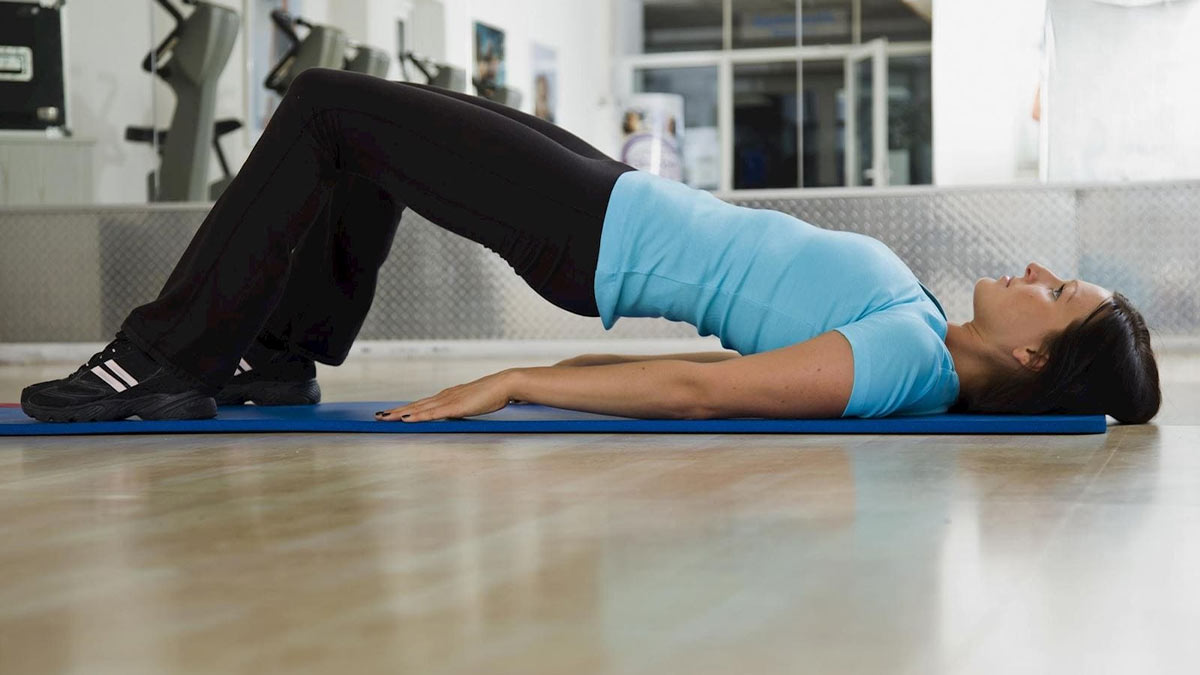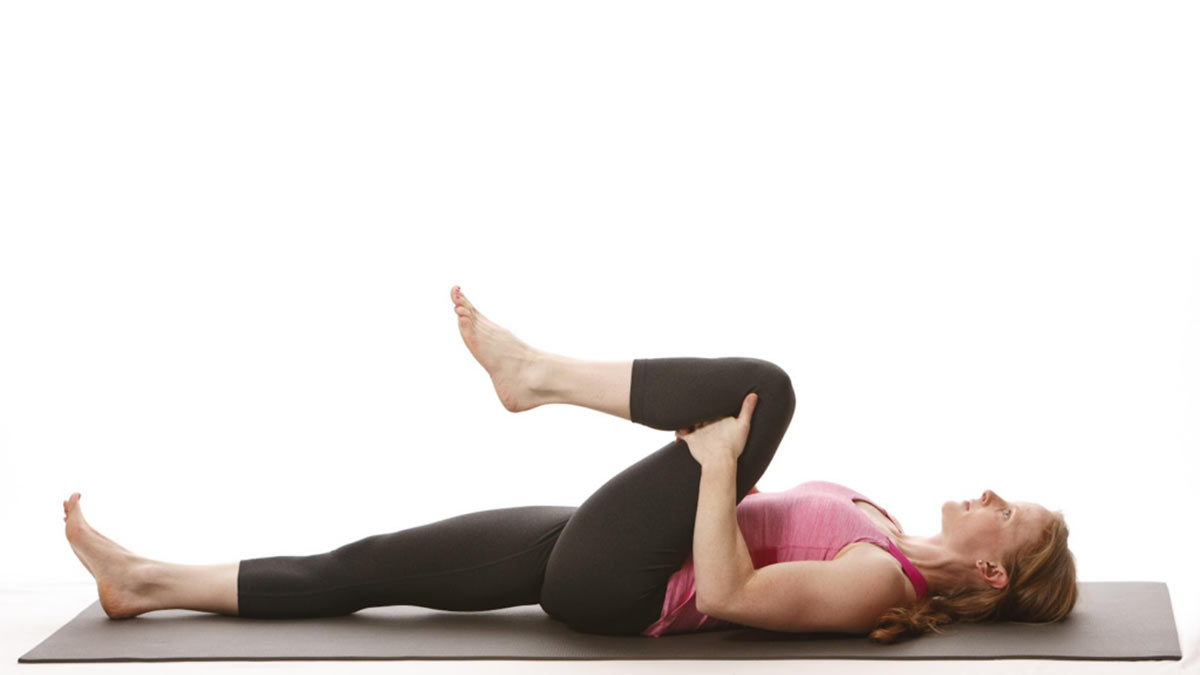Back pain is one of the most common health issues in modern society, affecting millions of people across different age groups. Sedentary jobs, poor posture, and a lack of physical activity are major contributors to this widespread discomfort. Fortunately, consistent movement and specific strengthening exercises can significantly alleviate pain and improve mobility. In this article, we will provide a comprehensive review of the best exercises for back pain, exploring which movements are most effective for strengthening the spine, improving flexibility, and supporting long-term posture correction.
Understanding how to move safely and correctly is essential because improper form can aggravate discomfort instead of easing it. Much like the concept explored in Examining the effects of not exercising properly, incorrect techniques or neglecting regular movement can worsen muscular imbalances and lead to chronic pain. Therefore, it’s not only about doing exercises but doing them the right way.
The Importance of Strengthening and Mobility for Back Health
The spine relies heavily on surrounding muscles for support and stability. Strong back and core muscles distribute pressure evenly, reducing stress on the vertebrae and preventing injury. The best exercises for back pain are those that target these stabilizing muscles without causing strain or excessive compression on the lower back.
Mobility is just as crucial as strength. When the back, hips, and hamstrings become tight, they limit motion and increase tension in the lumbar area. Gentle stretching and controlled movements restore flexibility, allowing the body to move more freely. Maintaining a balance between flexibility and strength is the foundation of effective back pain prevention and recovery.
Those seeking a holistic approach to recovery often find Back pain Relief exercises at home beneficial, as they combine gentle stretches with strengthening techniques that can be done without equipment. This home-based approach is ideal for people with busy schedules or those who want to avoid the gym while still managing their pain effectively.
Stretching Movements for Flexibility and Pain Reduction

Flexibility exercises are the first step toward back pain relief because they release tight muscles and improve blood circulation. Some of the best exercises for back pain focus on restoring range of motion in the hips and spine.
Child’s Pose (Yoga Stretch): This pose gently stretches the spine, relieving tension from the lower back. It encourages deep breathing and relaxation.
Knee-to-Chest Stretch: By pulling one or both knees toward the chest while lying down, you can stretch the lower back muscles and increase spinal mobility.
Pelvic Tilt: This small yet effective movement strengthens the abdominal muscles while easing lower back tension.
Performing these movements consistently can improve flexibility and help prevent stiffness. They can easily be included in Back pain Relief exercises at home, especially for beginners or those recovering from injury.
Strength-Building Exercises for the Spine
Strengthening the back muscles is vital for maintaining posture and reducing pain over time. Core engagement also plays a major role in stability. The best exercises for back pain that focus on building strength include:
- Bridges: This exercise strengthens the glutes and lower back, providing essential support for the lumbar spine.
- Bird-Dog: By extending one arm and the opposite leg, this movement builds balance and strengthens both the back and core.
- Superman Exercise: Lying face down and lifting both arms and legs mimics a flying motion, which engages the entire back chain of muscles.
While strengthening your spine, it’s important to remember that back and knee health are interconnected. Those seeking to reinforce overall lower body support can explore Methods for strengthening the knee in 2 months, as stronger knees and thighs contribute to improved posture and reduced spinal strain.
The Role of Core Strength in Preventing Back Pain
Your core muscles act like a natural corset for your spine. Weak abdominal muscles can cause the back to overcompensate, resulting in fatigue and pain. That’s why many of the best exercises for back pain also target the abs, obliques, and deep stabilizers.
Effective core exercises include:
- Planks: Improve spinal alignment and endurance.
- Dead Bug: Enhances core control and coordination while minimizing strain.
- Abdominal Bracing: A gentle tightening of the core muscles during daily tasks to support the lower back.
Incorporating these exercises regularly not only strengthens your midsection but also improves posture, reducing pressure on the lumbar discs and joints. People who perform Back pain Relief exercises at home often find that even a few minutes of daily core work significantly reduces discomfort.
Cardio and Gentle Movement for Back Health

Cardiovascular exercise increases blood flow, helping muscles heal faster and reducing inflammation. While high-impact sports can worsen back pain, low-impact activities are highly beneficial. Walking, swimming, and cycling are all excellent examples of the best exercises for back pain when performed correctly.
A simple yet powerful addition to your routine is Brisk walking exercise, which keeps the spine mobile and strengthens the legs without stressing the joints. Regular walking also boosts circulation to the back muscles, promoting faster recovery and better posture.
Those recovering from injury or looking to maintain a moderate level of fitness often find walking or swimming the most sustainable and enjoyable forms of movement.
Common Mistakes People Make When Exercising for Back Pain
When it comes to managing back pain, one of the most common mistakes is performing exercises with improper form or pushing beyond the body’s limits. These errors can lead to strain or injury. This problem mirrors the broader concept described in Examining the effects of not exercising properly, where poor exercise habits lead to long-term health issues.
Some people also neglect the importance of warming up or cooling down, which are critical for preventing stiffness. Another frequent mistake is focusing solely on one muscle group such as doing endless crunches without balancing the back and hips. Overtraining certain areas creates muscular imbalances that make pain worse rather than better.
Listening to your body, maintaining proper posture, and progressing gradually are essential principles when following any Back pain Relief exercises at home program.
The Importance of Recovery and Supportive Tools
Recovery is just as crucial as the exercises themselves. Muscles grow and repair during rest, not while training. Stretching, massage, and adequate sleep enhance recovery and reduce muscle soreness. Additionally, supportive tools can be helpful when used wisely.
Compression garments, for instance, can provide comfort and improved circulation during workouts. However, it’s important to understand the Benefits and Risks of Compression Garments During Workouts, as using them excessively or incorrectly might limit mobility or cause overheating. When used properly, they can be an effective addition to your recovery routine, especially after long days of sitting or standing.
Other recovery aids like foam rollers, heating pads, or ergonomic chairs can complement the best exercises for back pain, ensuring long-term relief and preventing recurrence.
Back Pain Prevention: Lifestyle and Posture Tips

While exercise plays a major role in pain management, daily habits also influence spinal health. Prolonged sitting, poor ergonomics, and improper lifting techniques can undermine all your efforts. Practicing good posture, adjusting your workstation, and staying active throughout the day are vital for maintaining back health.
Incorporating micro-breaks—short periods of standing, stretching, or walking every hour—can greatly reduce stiffness. Even small lifestyle adjustments, such as improving mattress quality or sitting posture, can amplify the results of Back pain Relief exercises at home.
Furthermore, maintaining a healthy weight through balanced nutrition reduces pressure on the lower spine, preventing strain and inflammation.
When to Seek Professional Help
While most cases of mild to moderate back pain can be managed through the best exercises for back pain, chronic or severe pain requires medical attention. If you experience persistent numbness, tingling, or sharp pain radiating down your legs, it’s crucial to consult a healthcare professional. These symptoms may indicate underlying conditions such as herniated discs or nerve compression.
A physical therapist can assess your condition and customize a treatment plan that combines mobility, strength, and functional exercises. They can also guide you in performing Back pain Relief exercises at home safely and effectively, ensuring long-term improvement without further injury.
Conclusion
Back pain is not just an inconvenience—it’s a signal from your body that something needs attention. Through consistent and mindful movement, it’s possible to regain strength, flexibility, and comfort. As explored in this review of the best exercises for back pain, gentle stretches, targeted strengthening, and proper posture can dramatically improve spinal health and overall quality of life.
Adding activities like Brisk walking exercise to your daily routine can enhance blood flow, while tools like compression garments, when used correctly, aid recovery. However, maintaining discipline and proper technique remains key; neglecting form can lead to setbacks similar to those discussed in Examining the effects of not exercising properly.
By understanding your body, following guided routines, and adopting healthy habits, you can experience lasting relief. Remember, the journey to a pain-free back begins with awareness and consistency—and committing to the best exercises for back pain is one of the most effective steps toward achieving that goal.







